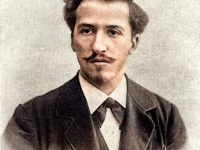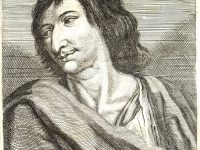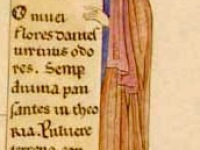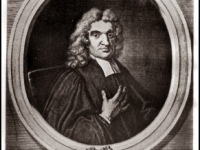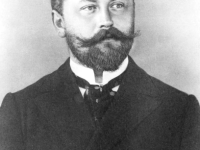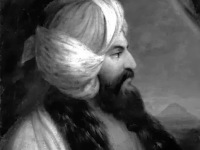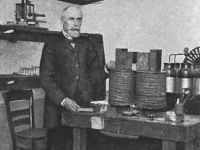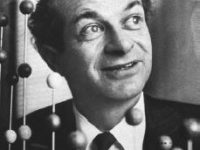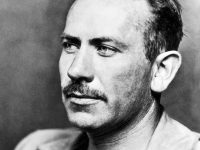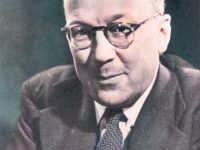Piet Mondrian – Reducing Art to Simple Geometry
On March 7, 1872, Dutch Painter Pieter Cornelis Mondriaan was born. Mondrian is regarded as one of the greatest artists of the 20th century. He is known for being one of the pioneers of 20th century abstract art, as he changed his artistic direction from figurative painting to an increasingly abstract style, until he reached a point where his artistic vocabulary was reduced to simple geometric elements. “A form must be of its…
Read more











